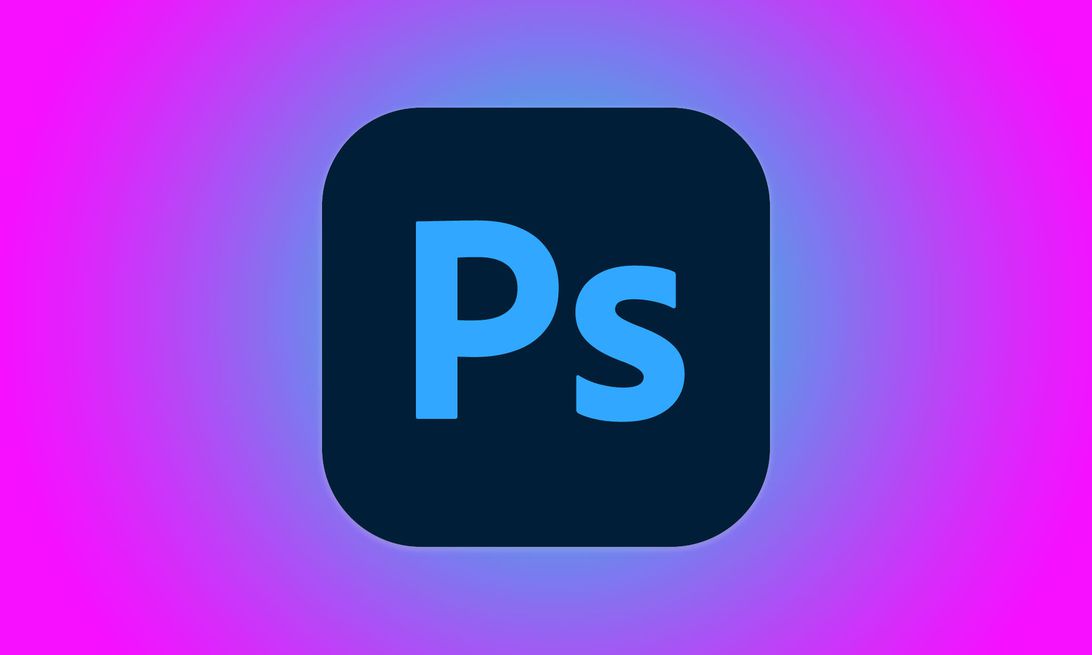
A new Photoshop feature lets you quadruple the number of pixels in a photo using artificial intelligence technology. The new ability, called Super Resolution, will also soon be built into Adobe’s Lightroom software for editing and catalog in photos, Adobe said Wednesday.
With the feature, Adobe closely examines the details of a photo and then predicts how to expand it based on similar details found in millions of other photos, programmer Eric Chan said in a blog post.
Most of the time, our photos are big enough. But when printing photos very large or zooming into parts of a scene, pixels can be in short supply. That’s where technology like super resolution can come in handy, doubling the width and height of a shot. For example, a 12-megapixel smartphone photo becomes a 48-megapixel shot suitable for bigger prints. And a small crop of just 2 megapixels becomes a more presentable 8 megapixels.
“If you want to make a large print to display on your wall, extra resolution helps to keep edges clean and details intact,” Chan said.
The feature is the newest example of Adobe’s embrace of AI technology, which it’s branded as Sensei. The latest major version of Photoshop, released in 2020, added many AI-based editing features called neural filters. Artificial intelligence, as the tech world currently uses the term, refers to processing technology based on how human brains work.
It’s not the first example, though. In 2017, Google built similar technology it calls RAISR into its Pixel phones. The company uses it to help zoom into a scene digitally, part of its Super Res Zoom feature.
And Photoshop competitor Pixelmator has its own ML Super Resolution feature.


An example of Adobe’s AI-based super resolution technology, right, shows better results expanding a photo’s size than Photoshop’s traditional bicubic algorithm.
AdobePhotoshop AI inventing new image data
Image purists might balk at using technology that invents its own image data. But increasing photo resolution has long been a fixture of Photoshop for decades, although with less sophistication. And many other standard processing tools also alter images significantly when it comes to color, contrast, sharpening, noise reduction and other changes.
Adobe is working on improving its AI’s ability to zoom in more and better and to see if it can apply to better image sharpening and noise reduction. “Anything we can do to make images look better is fair game,” Chan said.
In the case of Photoshop’s super resolution, Adobe trained its AI system on pairs of images, one at full resolution and one at half resolution, to try to teach it how it should expand photos. “We focused our training efforts on challenging examples: image areas with lots of texture and tiny details, which are often susceptible to artifacts after being resized,” Chan said.
The feature is built into Photoshop’s Adobe Camera Raw tool, accessible by right clicking then selecting “enhance.” Chan recommends photographers check sharpening and noise reduction settings that might need adjusting on the bigger image.
The technology runs with the aid of graphics chip technology that can boost AI tasks on personal computers — CoreML on Apple Macs and Windows ML for Windows systems. A better graphics chip can speed the image enhancement process from minutes to seconds.
Also Wednesday, Adobe announced the release of Photoshop for Macs using Apple’s new M1 processor.
